Upgraded web portal improves access to geomagnetism data
BGS’s geomagnetism portal, which holds data for over 570 observatories across the world, has received a significant update.
02/06/2025 By BGS Press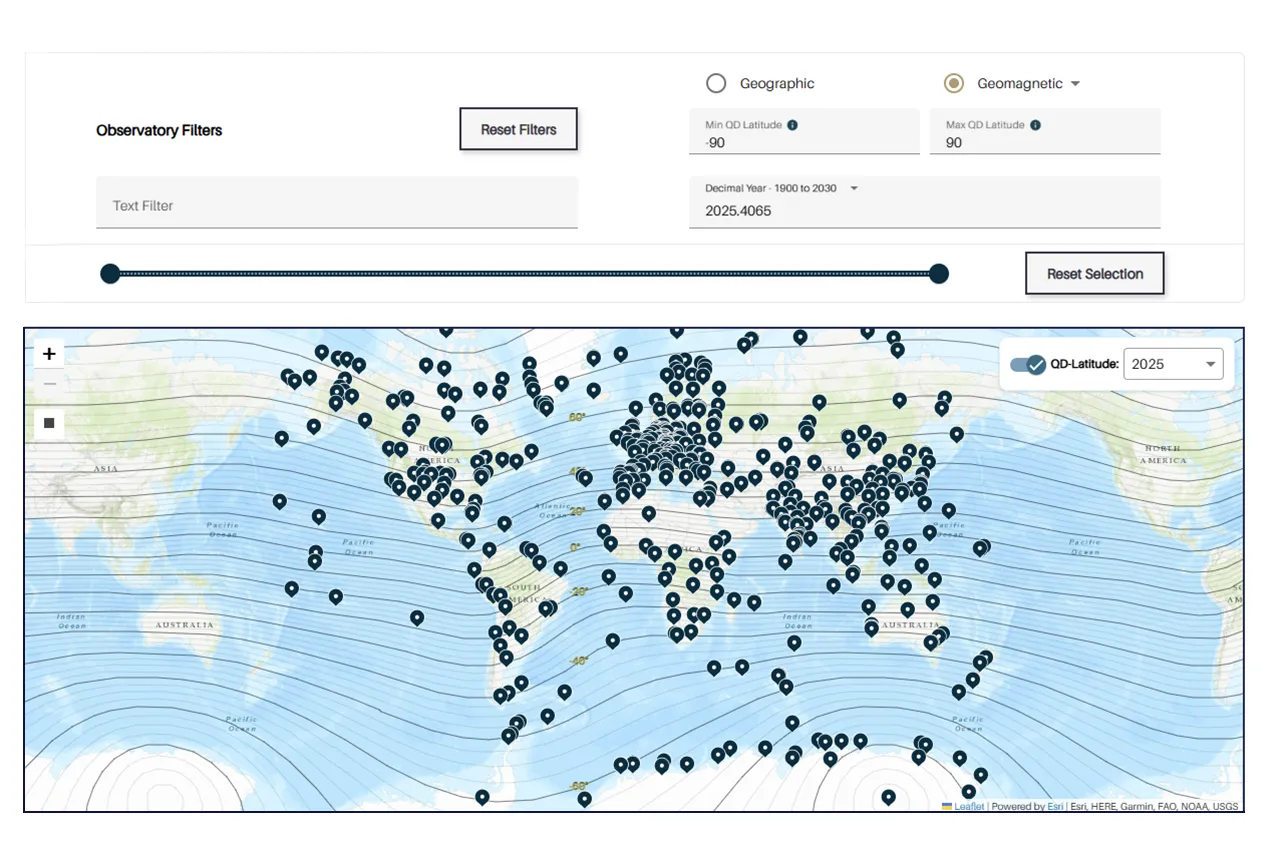
The World Data Centre (WDC) for Geomagnetism, based in Edinburgh, was established in 1966 and is operated by BGS. Its mission is to collate, store and distribute data (and associated metadata) from observations of the Earth’s magnetic field.
As part of this mission, the WDC Data Portal, created by BGS, holds data and metadata on over 570 magnetic observatories around the world and provides open access to these holdings. The data portal was launched at the end of 2024 with a fresh, modern interface providing a step change in accessibility to these important datasets.
The new WDC data portal allows users to plot graphs of geomagnetic data, display availability charts and filter by time or location. It also now offers observatory K-index data as well cadences of minute, hour, day, month and year. Data can be downloaded from the portal in six different text formats, and an API (application/program interface) is available for programmatic access to the data and metadata.
A newly released update has introduced new filters, including magnetic latitude filtering and dip angle filtering. Filtering observatories by magnetic latitude and dip angle is an important tool for academics whose research targets specific phenomena, such as those in the auroral regions or the equatorial electrojet.
The data from the portal can also be used to help produce models, including the International Geomagnetic Reference Field (IGRF), which is created for the public good and is updated every five years to ensure scientists across the world can continue with their forecasts and explorations. The model’s fourteenth update was released in January 2025 and was led by BGS, alongside 18 other institutions from four continents.
One other feature of the new WDC data portal is that makes metadata — the information about the data — more easily accessible to users. This is important as it means users can trust the data and trace its origin.
We are really pleased to announce the recent updates to our geomagnetism portal, which showcases the world’s biggest repository of magnetic field data from ground observatories. The new features and design of the portal mean that it is more user friendly and ensures that more data than ever before is freely accessible to users.
The portal allows models to be created, including IGRF-14, which, in a full circle moment, feeds back into the portal by providing the data for magnetic latitude filtering and dip angle filtering.
Adam Emsley, geomagnetism scientific support and IT specialist at BGS.
In February 2025, the WDC was awarded CoreTrustSeal certification. CoreTrustSeal is an international, community-based, non-governmental and non-profit organisation promoting sustainable and trustworthy data infrastructures. To achieve certification, a data repository must supply evidence demonstrating that it is following good practices and meeting certain standards.
We worked hard on the update of the portal and it is great to see that we have been awarded CoreTrustSeal certification, which highlights that we are a trustworthy data resource.
Adam Emsley, geomagnetism scientific support and IT specialist at BGS.
Access the WDC Data Portal.
Related news
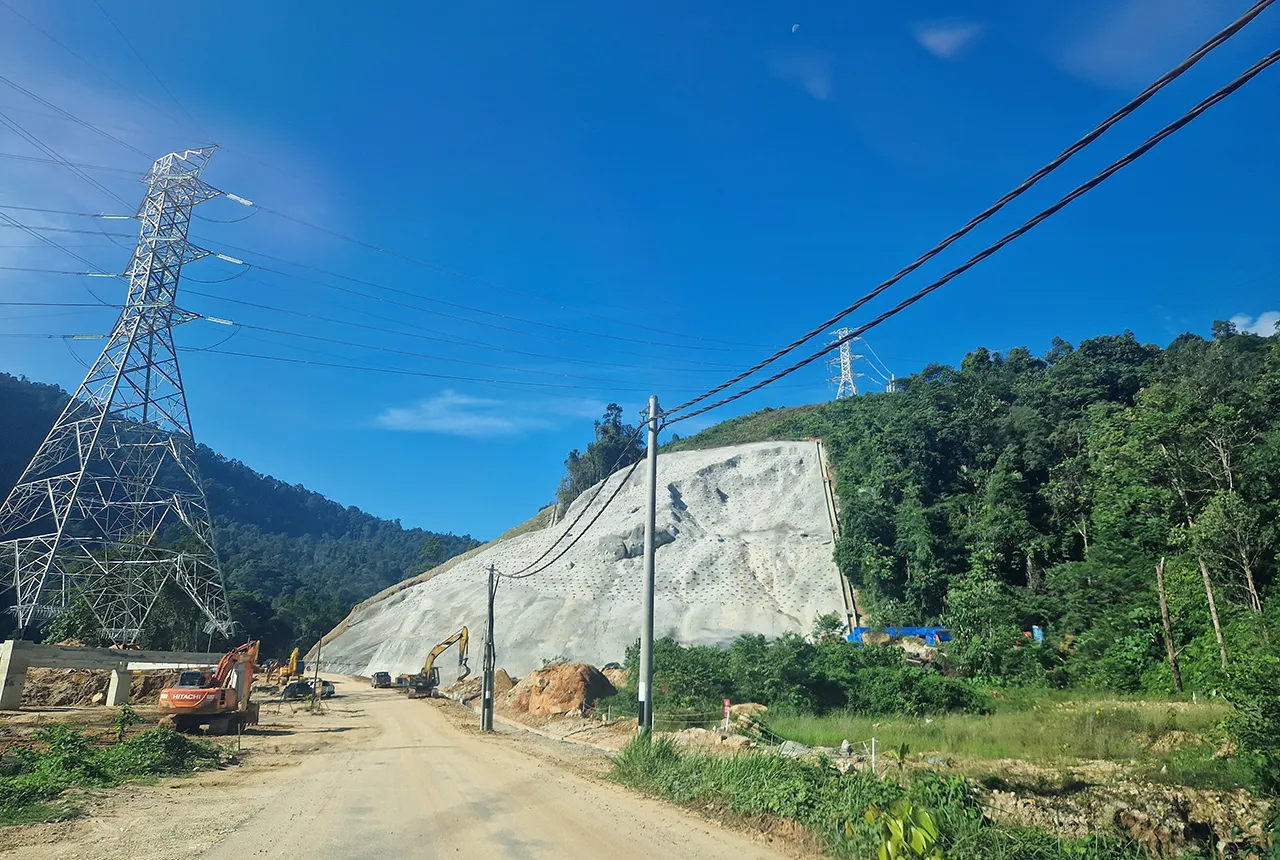
BGS awarded funding to support Malaysia’s climate resilience plan
17/12/2025
The project, funded by the Foreign, Commonwealth & Development Office, will focus on minimising economic and social impacts from rainfall-induced landslides.
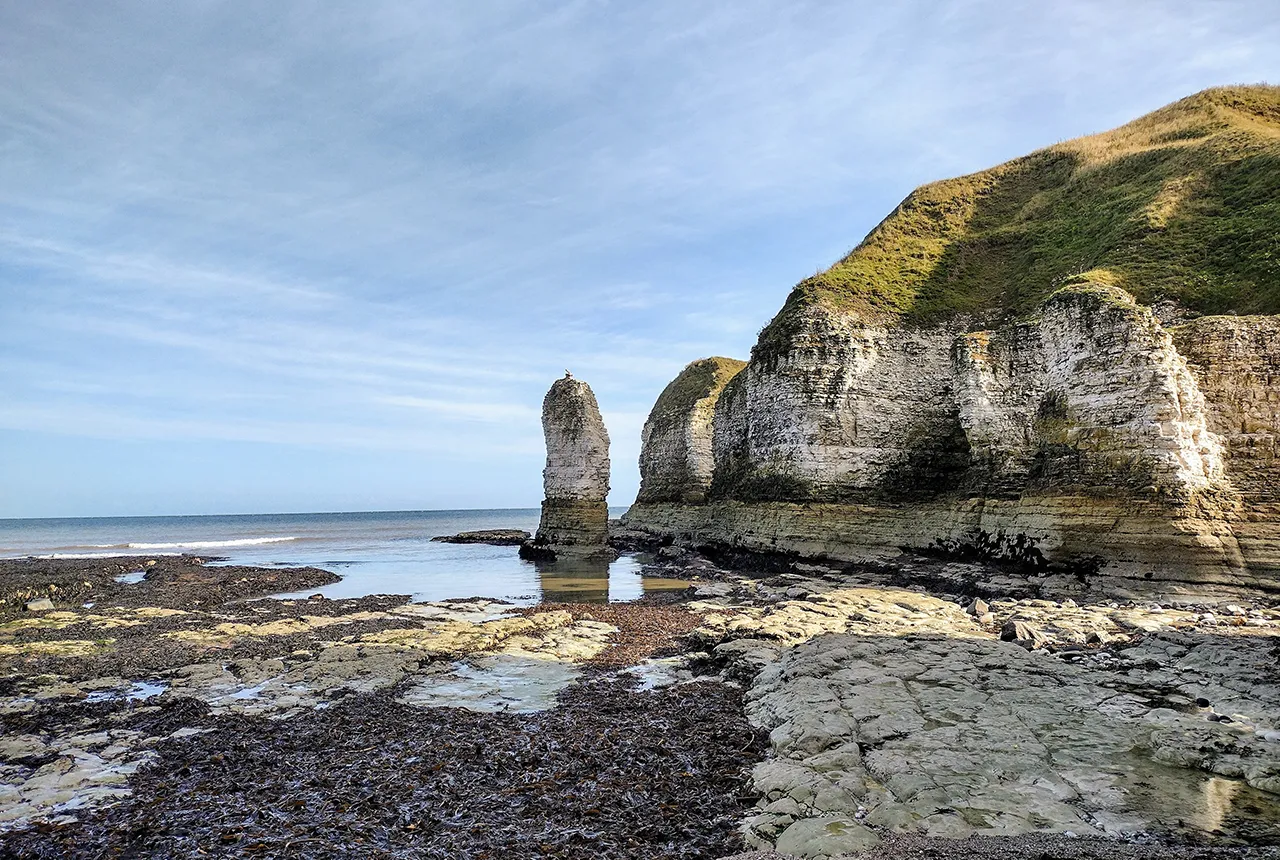
New geological maps of the Yorkshire Wolds to better inform groundwater management and policy decisions
17/12/2025
The new mapping provides crucial data on localised geological issues that may assist in protecting water supplies.
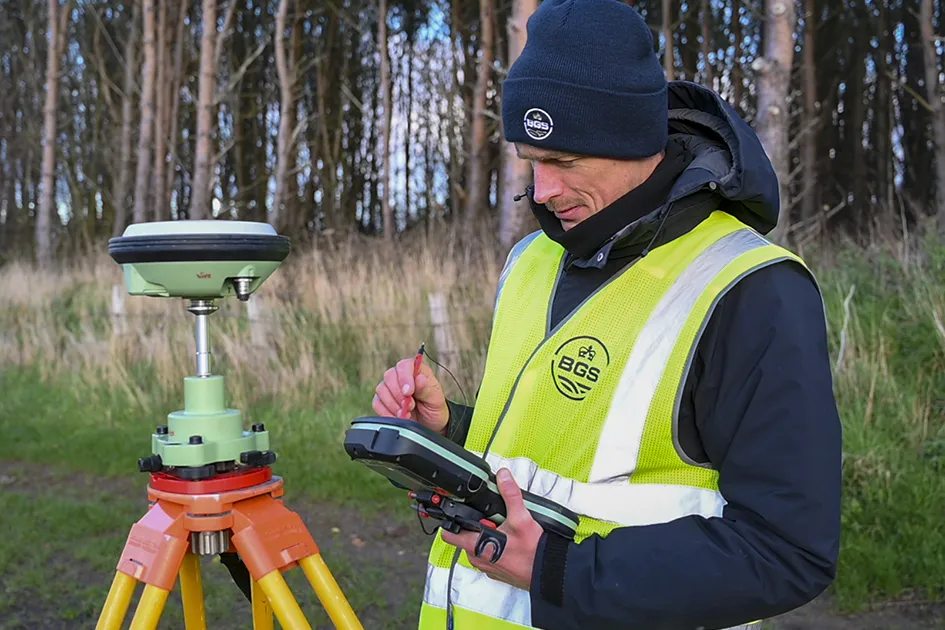
‘Three norths’ set to leave England and not return for hundreds of years
12/12/2025
The historic alignment of true, magnetic, and grid north is set to leave England, three years after they combined in the country for the first time since records began.
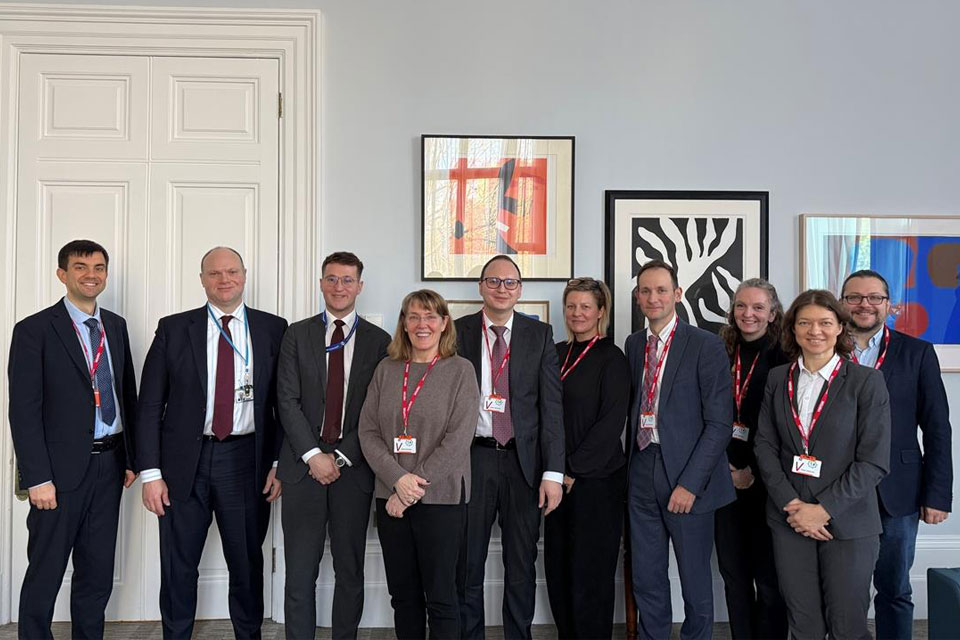
BGS agrees to establish collaboration framework with Ukrainian government
11/12/2025
The partnership will focus on joint research and data exchange opportunities with Ukrainian colleagues.

Making research matter: BGS joins leading research organisations in new national initiative
10/12/2025
A new alliance of 35 organisations has been formed that is dedicated to advancing science for the benefit of people, communities, the economy and national priorities.

New 3D model to help mitigate groundwater flooding
08/12/2025
BGS has released a 3D geological model of Gateshead to enhance understanding of groundwater and improve the response to flooding.
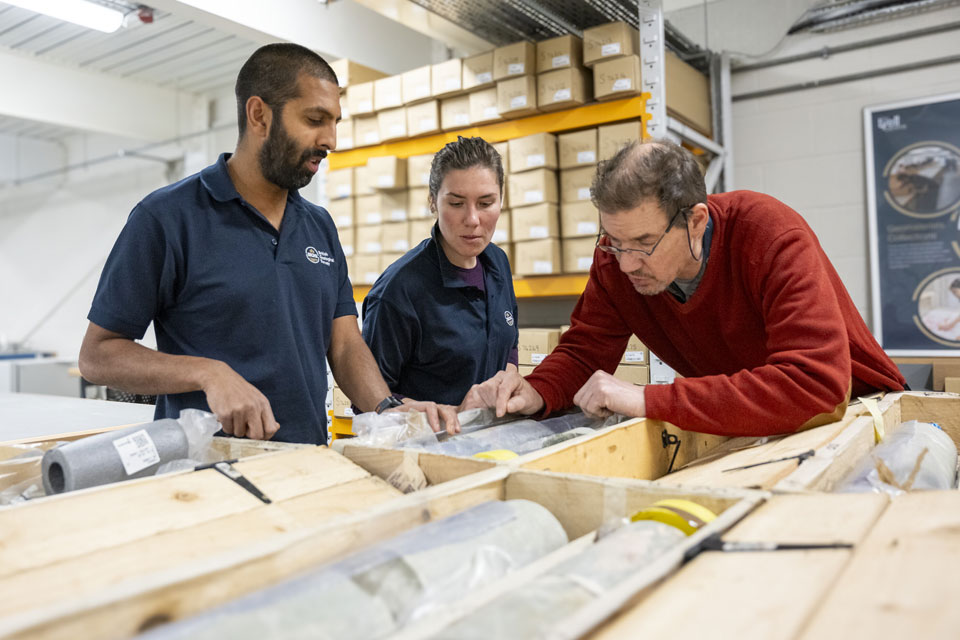
Scientists gain access to ‘once in a lifetime’ core from Great Glen Fault
01/12/2025
The geological core provides a cross-section through the UK’s largest fault zone, offering a rare insight into the formation of the Scottish Highlands.

New research shows artificial intelligence earthquake tools forecast aftershock risk in seconds
25/11/2025
Researchers from BGS and the universities of Edinburgh and Padua created the forecasting tools, which were trained on real earthquakes around the world.

BGS welcomes publication of the UK Critical Minerals Strategy
23/11/2025
A clear strategic vision for the UK is crucial to secure the country’s long-term critical mineral supply chains and drive forward the Government’s economic growth agenda.

New funding awarded for UK geological storage research
21/11/2025
A project that aims to investigate the UK’s subsurface resource to support net zero has been awarded funding and is due to begin its research.

UK braced for what could be the largest solar storm in over two decades
12/11/2025
Intense geomagnetic activity could disrupt technology such as communication systems, global positioning systems and satellite orbits.
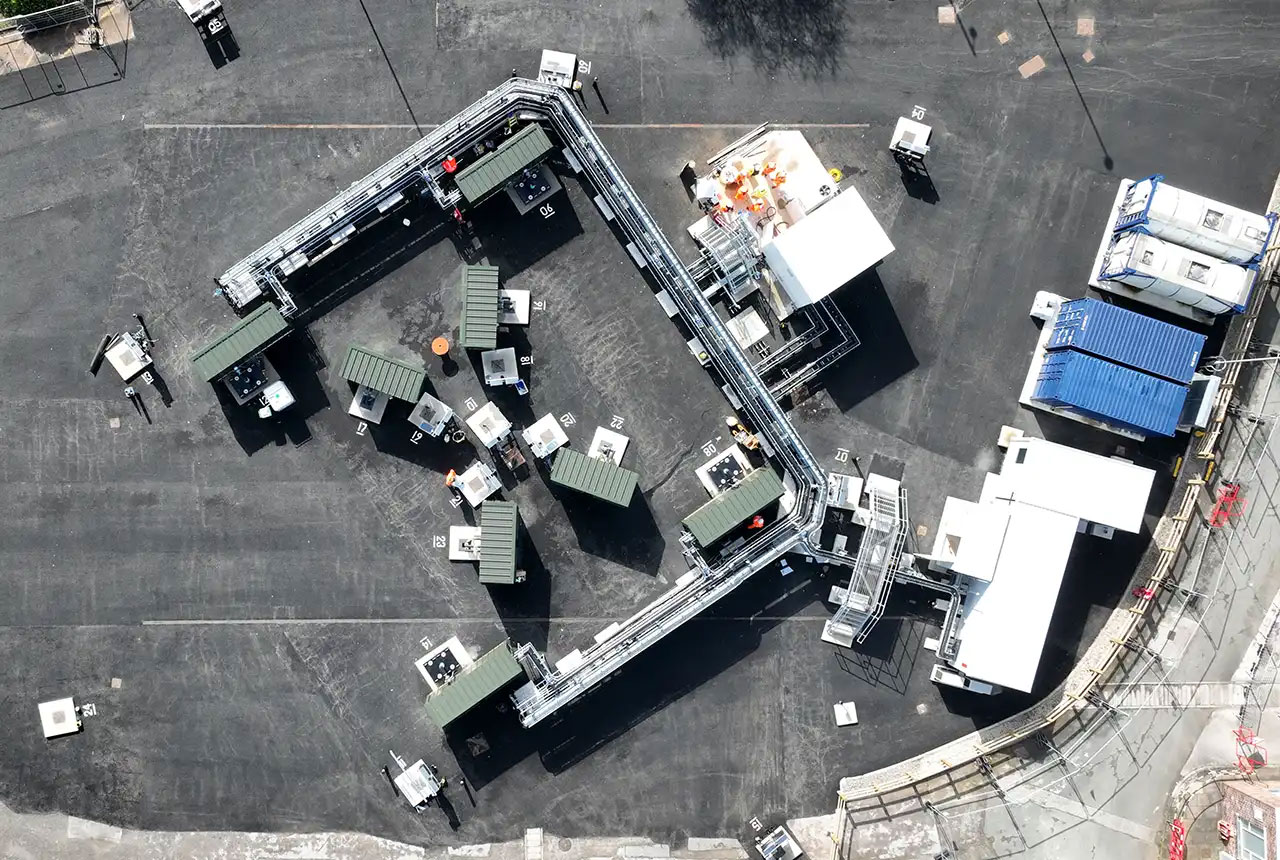
First distributed acoustic sensing survey completed at UK Geoenergy Observatory
12/11/2025
New research at the Cheshire Observatory has shown the potential for mapping thermal changes in the subsurface using sound waves.



